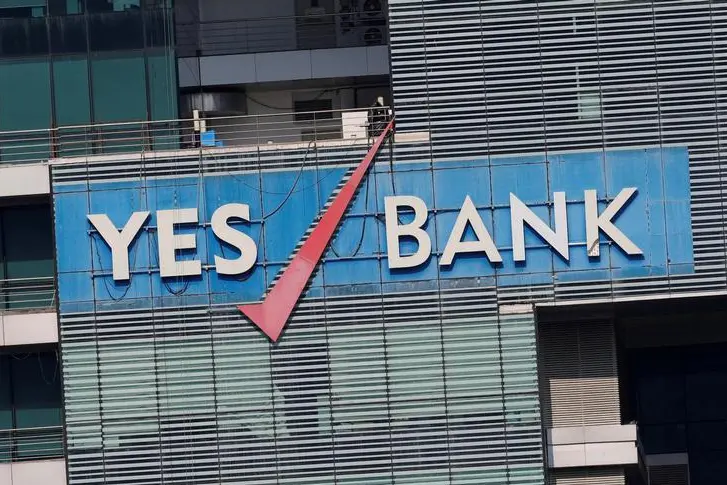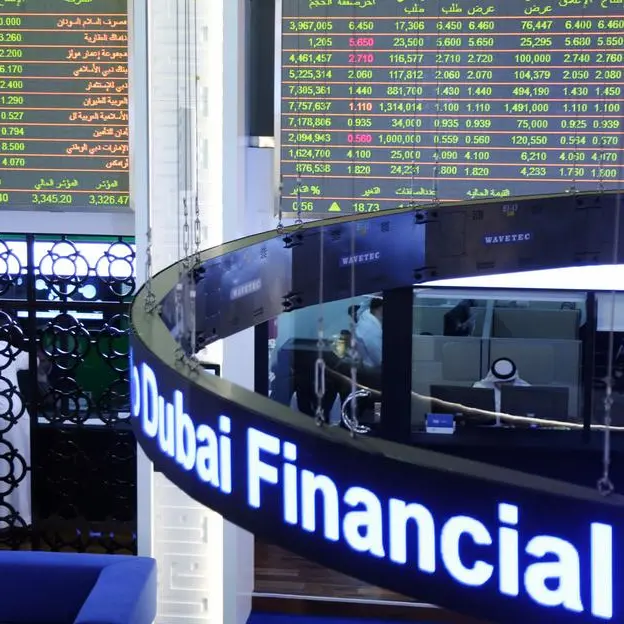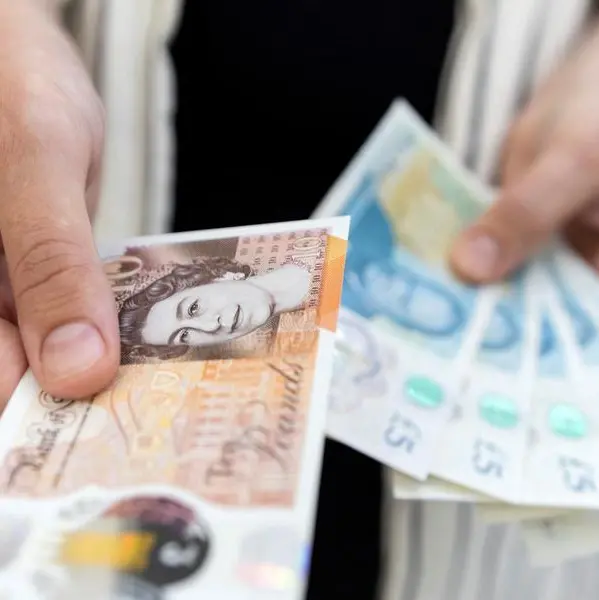PHOTO
MUMBAI - It’s a great big maybe for the Yes Bank bailout. Under a draft proposal released by the central bank on Friday, State Bank of India would buy as much as 49% of the troubled lender in a complicated two-step deal. It’s a creative effort to provide support while keeping the private-sector bank out of government control, but the contortions involved might not shore up confidence.
The messy restructuring plan starts by installing a government-controlled shareholder. SBI would invest $330 million to subscribe to a placement at about 10 rupees a share, a 38% discount to the closing price on Friday, which would also double the share count. That might help provide some reassurance at Yes Bank, whose founder, Rana Kapoor, has been remanded into police custody after being arrested on money-laundering charges.
The bigger idea behind bringing in SBI would be to raise more funds from a broader base of investors. The regulator’s blueprint implies it wants $2.6 billion on similar terms, according to a Breakingviews interpretation and analysis of the proposal. SBI could inject more money but wouldn’t increase its overall stake in percentage terms. In total, Yes Bank might raise $2.9 billion with SBI capping its contribution at about half that sum or less.
It’s unclear, however, just how comfortable outside investors would be sitting alongside a state-backed entity. For one thing, they might want some additional protection given the dubious quality of Yes Bank’s $31 billion loan book and the likelihood of bigger losses. Depositors may also yet flee when withdrawal limits are lifted.
What’s more, guaranteeing jobs for a year, as the RBI has recommended, could easily make it harder to pull Yes Bank back from the brink. With most other state banks entangled in their own mergers or rescues, it could ultimately leave private banks or other state entities to share in the bailout burden.
A full takeover by SBI would be neater, but its own balance sheet is already multiple times bigger than its competitors. And at least, under the RBI’s plan, Yes Bank’s additional tier 1 bondholders would get wiped out and existing shareholders may wind up with only about 11% of the enlarged equity pool.
SBI has lost 6%, or roughly $2 billion, of its market value since Thursday when it became clear it would be part of a rescue but before the RBI unveiled the plan. This messy experiment at a time when global markets are falling is unlikely to provide much comfort.
On Twitter https://twitter.com/ugalani
CONTEXT NEWS
- State Bank of India would own as much as 49% of troubled Yes Bank under a draft restructuring plan published on March 6 by the Reserve Bank of India.
- SBI, the country’s top lender, said on March 7 it would need to invest up to 24.5 billion rupees ($333 million) to buy the stake as part of the initial phase of the rescue. Chairman Rajnish Kumar said the investment could increase to as much as 100 billion rupees over time, depending on Yes Bank’s capital requirements.
- Under the terms of the RBI plan, Yes Bank’s share count would increase to 24 billion. State Bank of India would pay no less than 10 rupees per share.
- Yes Bank’s additional tier 1 capital instruments would be written down completely, the RBI added.
- The regulator on March 5 placed Yes Bank under a moratorium until April 3, superseding its board of directors and limiting withdrawals to 50,000 rupees, about $675, during the period. The government has also repeatedly said that the money of depositors is safe.
- Yes Bank shares closed on March 6 at 16.15 rupees each.
(Editing by Jeffrey Goldfarb and Katrina Hamlin) ((una.galani@thomsonreuters.com; Reuters Messaging: una.galani.thomsonreuters.com@reuters.net))












